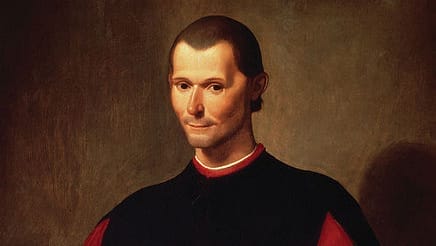Few CEOs today would admit to being “ruthless,” much less brag about it. But plenty of them are still operating from that old-school playbook.
The classically ruthless leader is a take-no-prisoner competitor, a scorched-earth cost-cutter, even a push-the-ethical-envelope negotiator. With all the power in his hands, he leads from the top, with a simple message: “Get it done.”
If this sounds like you, stop now.
When success requires speed, innovation, collaboration and a business culture that motivates everyone, the old ruthless won’t work. Former Pfizer chief Jeffrey Kindler’s taste for confrontational interrogation (instead of careful listening and constructive dialogue) didn’t help Pfizer’s drug pipeline. Carol Bart’s bluster and proclamations couldn’t turn Yahoo! around.
The challenge for leaders is clear across industries. As the demands of business change, companies are redefining their top jobs. For example, Ad Age identified eight major CEO changes in the biggest advertising networks within an 18-month period. Traditional agency CEOs, once rainmakers, are exiting. Enter the CEOs who are business and digital strategists who are exceptional collaborators and partners. I’m not saying that business leaders shouldn’t be tough, decisive or demanding.
But I’m seeing a CEO that practices a “new ruthless.” They hold onto the top jobs and build dynamic companies; they are passionate about transformation and insist that their companies be relentlessly open to change.
Watch CEOs like Starbucks’ Howard Schultz, Laura Desmond of Starcom/Media Vest and Irene Rosenfeld of Kraft and you will recognize it. The new leader demands ruthless honesty, ruthless focus and—although it may sound contradictory—ruthless flexibility. And we need to add one more ruthless—a ruthless attention to people. All of these are critical to success.
Editor’s note: In Part 2, Roslyn will explore the specific qualities of the “new ruthless.”

























